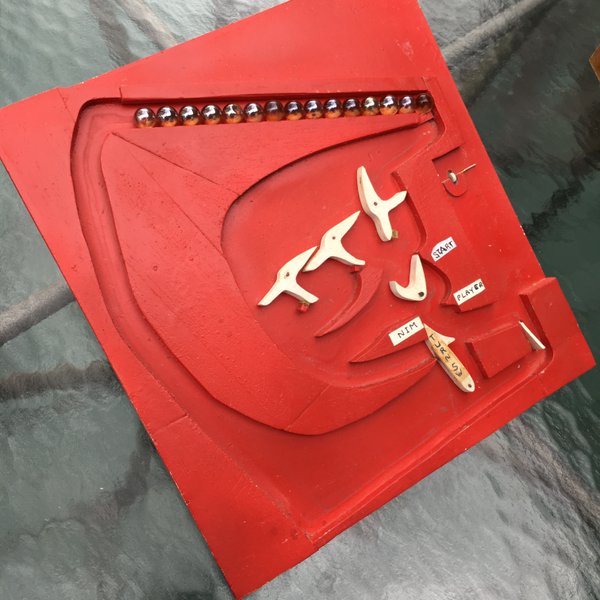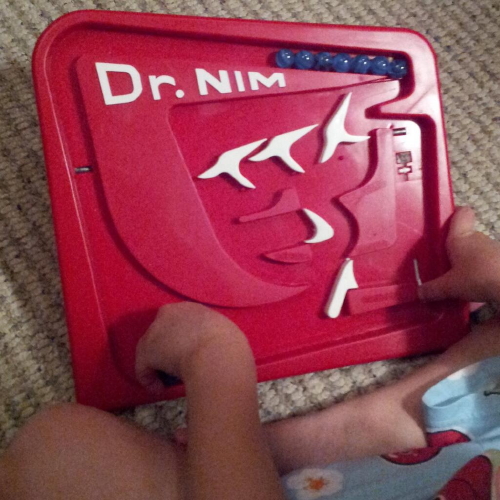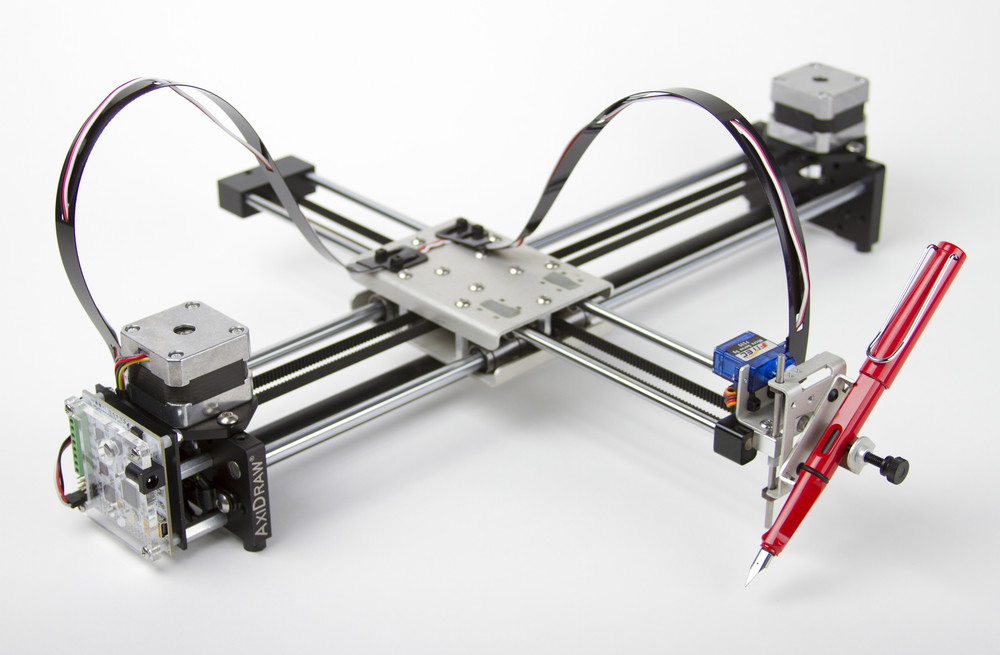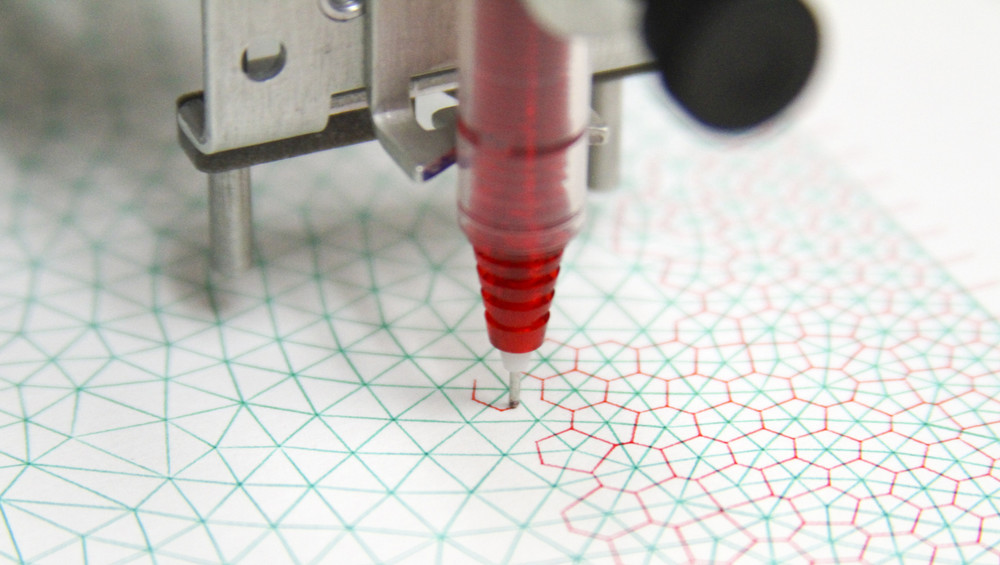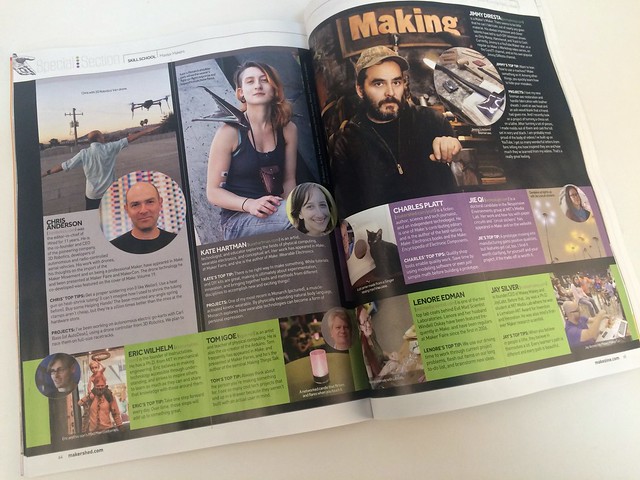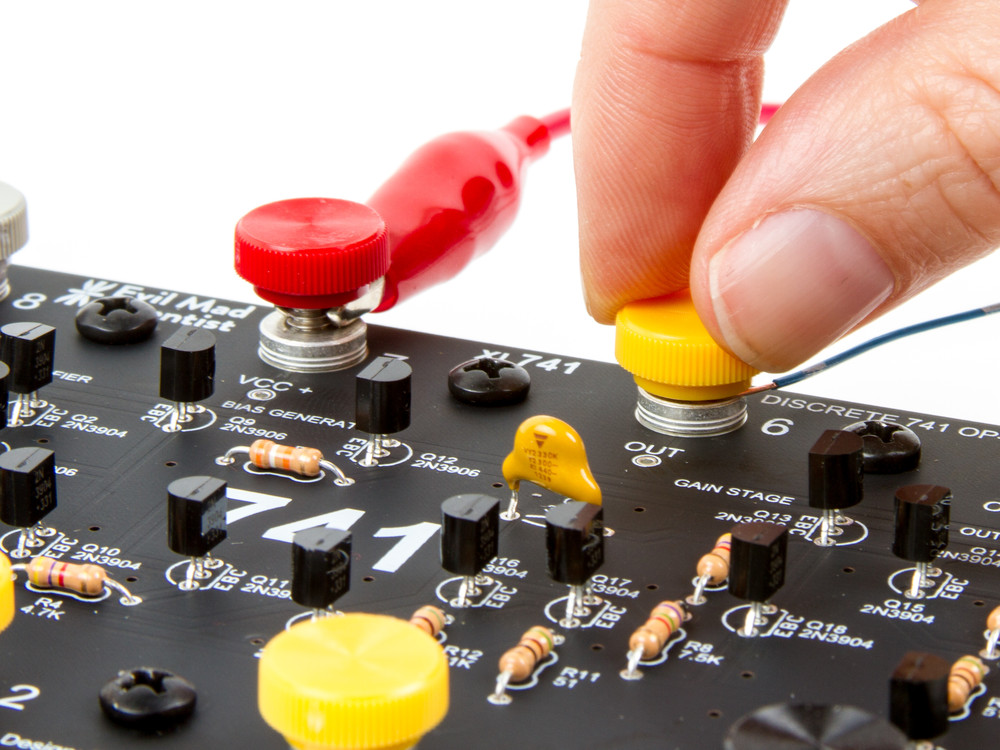
S.W. wrote in:
I just wanted to let you know that I am using your XL741 kit in my Electronics 2 class lab. It is a high quality kit and I thank you for putting it together. We build the 741 in stages, make measurements, adjust offsets, etc. It is a great vehicle to teach the analog building blocks. A student of mine (now graduated) and I wrote four lab exercises for it and they are being used now for the second time. We also just got to share them with several EE teachers who were also very enthusiastic about the idea.
We love to hear about how our kits get used!






